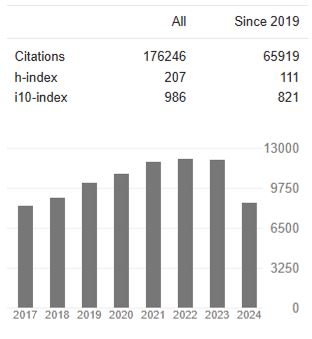An Impact of Smoking Tobacco Among Adolescents: An Explorative Qualitative Study from Gumuz Community, Benishangul Gumuz Region of Ethiopia
Abstract
Eyayu kassye, Habtamu Tume
Background: Tobacco is commonly smoked among adolescents, but is very harmful for public health. The objective of this study is to investigate the impact of smoking tobacco among Gumuz adolescents in Debatie District of Benishangul Gumuz regional state of Ethiopia. It mainly focus’ on adolescents who use pipe or smokeless tobacco regularly.
Methods: The study employed qualitative research method with case study design. Purposive sampling was employed to select participants of the study for in depth interview, focused group discussion, and key informant interview data collection tools. The collected data was analyzed through thematic data analysis techniques.
Results: Smoking tobacco has a negative impact on people’s economy. The economic ability of Gumuz adolescents is unable to fulfil basic needs: food, clothing and stationery materials due to the inability to save money through tobacco addition. The result also indicated the social impact of tobacco such as addictions, an aid for alleviating stress, tiredness and fatigue, hygiene problem and limited social interaction. Principally, it has an impact on mental and physical health such as the physical change, yawning, cancer, coughing, stress, headache, diabetes, watering of their eyes and loss of appetite. It also impacts on their education from a lack of attention, failure to attend classes and a low enrolment rate in schools.
Conclusion: From the findings, it can be deduced that, the habits of smoking tobacco among Gumuz adolescents victimized for economical loses, limited social capital, hygiene and health problems. Therefore, attention should be given from this study area through conducting project and research, providing community awareness programmes and education for immediate health interventions.




